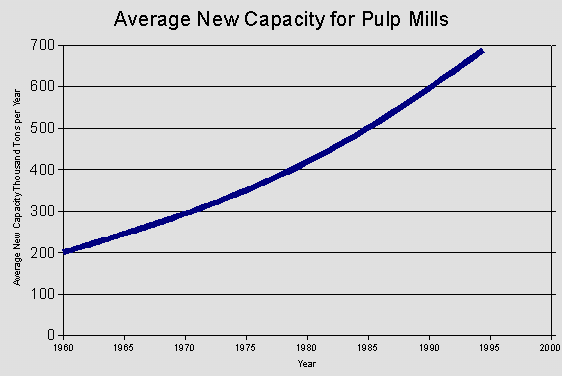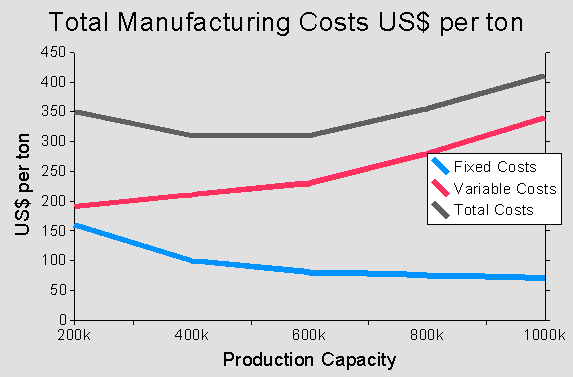As machinery and equipment can be produced without limit, capital could be increased through just printing money and even brain and art work can be replaced by computers, there seems to be no limit for the economy to expand towards ever increasing wealth on earth. Yet, there is still one limit to mankind on this beautiful planet: resources. Resources have been an important part of human life and society. In the early days of mankind food and available water has been one of the most limiting factors.
Figure 1

The creation of wealth through expanding money supply - expressed as real monetary base growth rate - is adversely correlated to the raw material index. That means, the money growth could not accelerate when raw material prices began to rise. Gold as the ultimate limited resource on earth has been an indicator for a trend reversal of possible monetary growth and is for that reason not liked by central banks and governments.
Yet another trend could be seen in this figure: the peaks of monetary growth got higher and higher and the peaks of raw material price increases got lower and lower. In my view this is not accidentally, yet represents a trend in the commodity based industry. The economies of scale increased dramatically over the last 30 years as figure 2 shows:
Figure 2

In 1960 a new pulp mill had a capacity of 200.000 tons per year. Today capacity stands at nearly four times higher. This increase comes at even lower fixed costs through automation. Through this higher economies of scale the fixed costs have decreased dramatically and so has the real price for the pulp. The same happened in nearly all industries including retailing, banking and high tech companies leading to a considerably higher productivity and lower prices for computers, mobile phones .... The dramatic decrease of prices for computers, mobile phones and electronic chips could happen through high economies of scale lowering substantially the cost for research, advertising, salaries, investment and other fixed costs. This trend finally enabled central banks to increase money supply without triggering higher inflation.
There are another consequences of the change in economies of scale: First, the product margins decreased as higher revenue is compensated by lower margins at high production units. An impressive example is Intel, which consistently had to decrease product prices through competition from AMD, which was successful in copying Intel technology. Secondly, price volatility becomes higher when production units are large as capacity addition is more inconsistently. Good examples are the basic material industries such as the pulp and paper industry, the oil and the steel industry which have experienced huge price swings over the last decade with increasing price volatility. Figure 4 depicts the downward trend of pulp (the same occurred for other commodities) including the higher volatility.
Figure 4
I can now see a substantial reversal of this trend as even higher economies of scale starts to increase variable costs through higher transportation and distribution costs. Higher production units and globalization on the other side mean higher transportation distance for raw material supply and distribution. Today, the huge production facilities have already higher distribution costs than fixed costs. Within the costs for raw materials, transportation costs represent already two thirds as the distance to big facilities can be very far.

The globalization will also undergo a major change as costs of distribution and raw material supply increase very fast, leading to a more local industry. Short term it is very likely that we see a significant rise of prices of commodities in the next years as high production units tend to have high price volatility. Monetary policy has to respond to these changes and the gold price will go up.
Heinrich Leopold